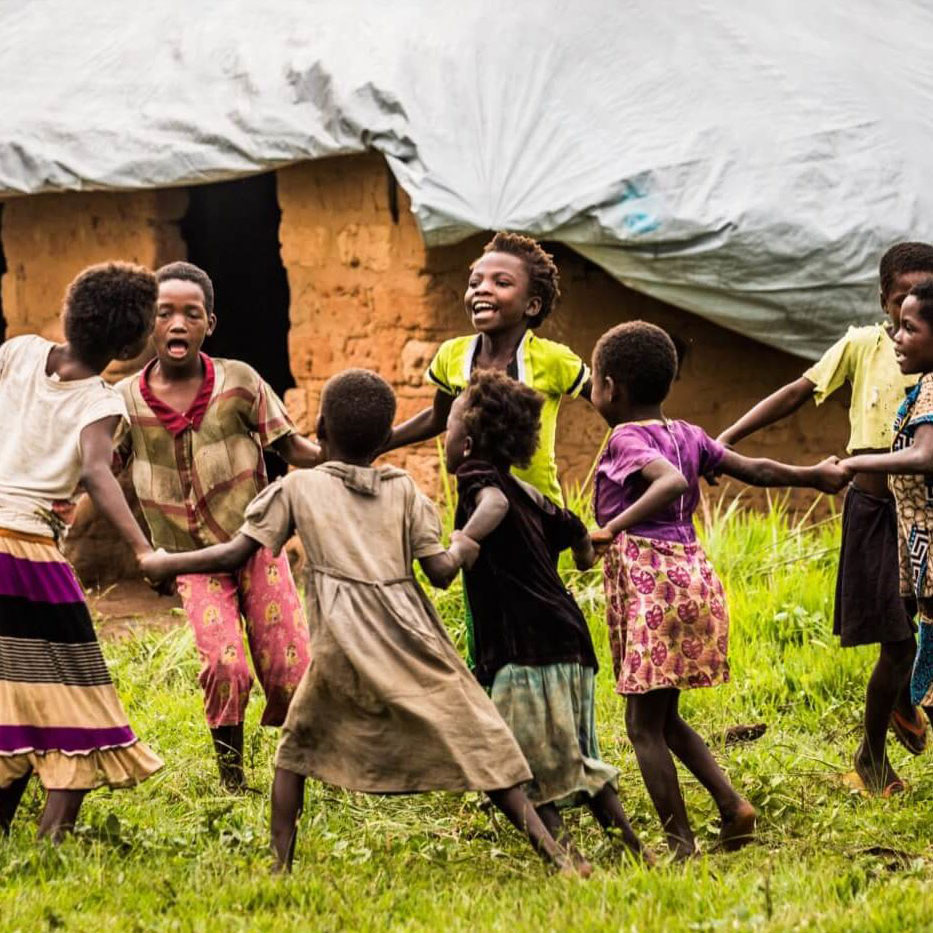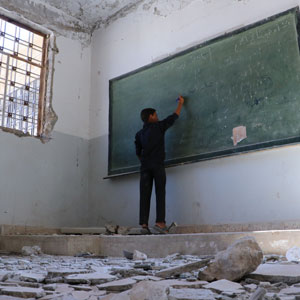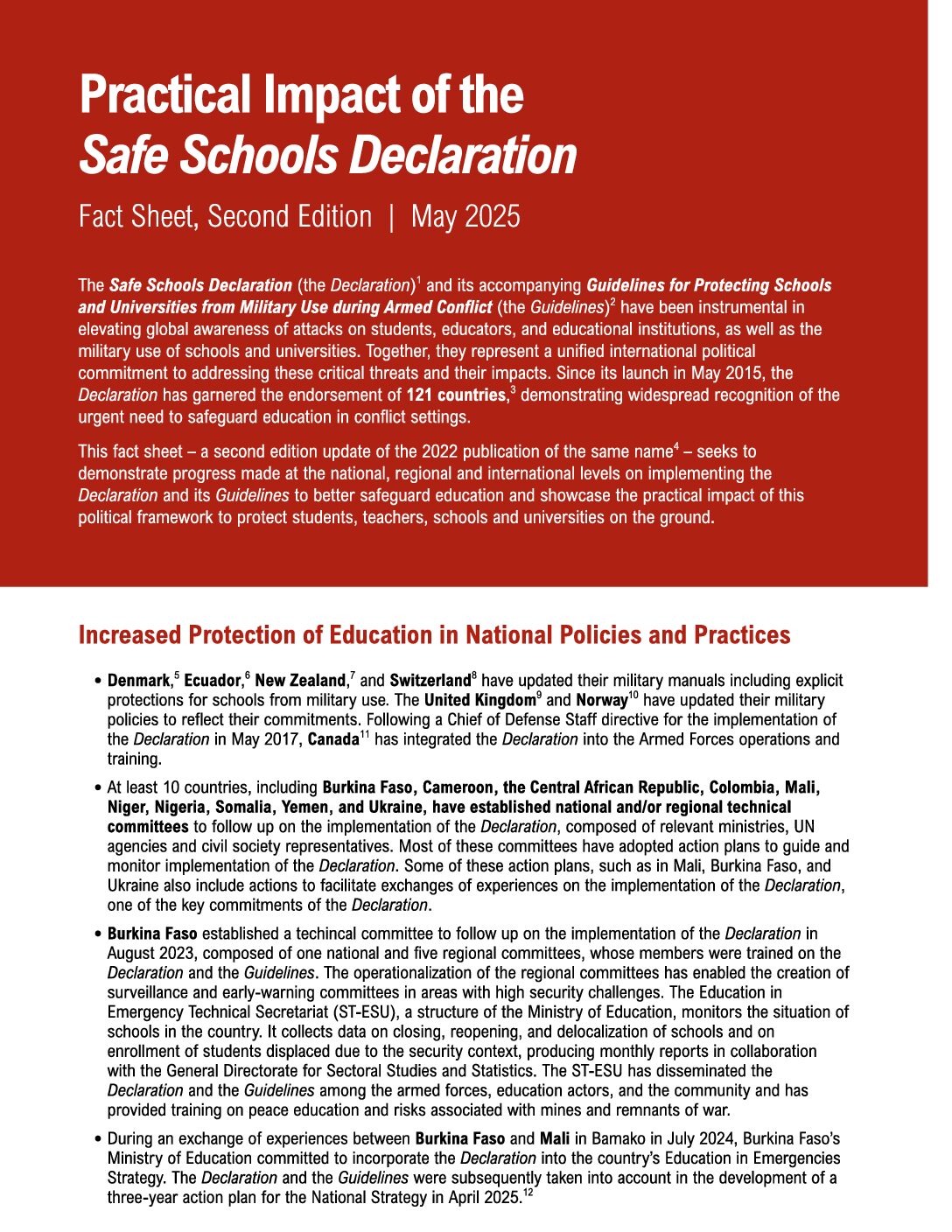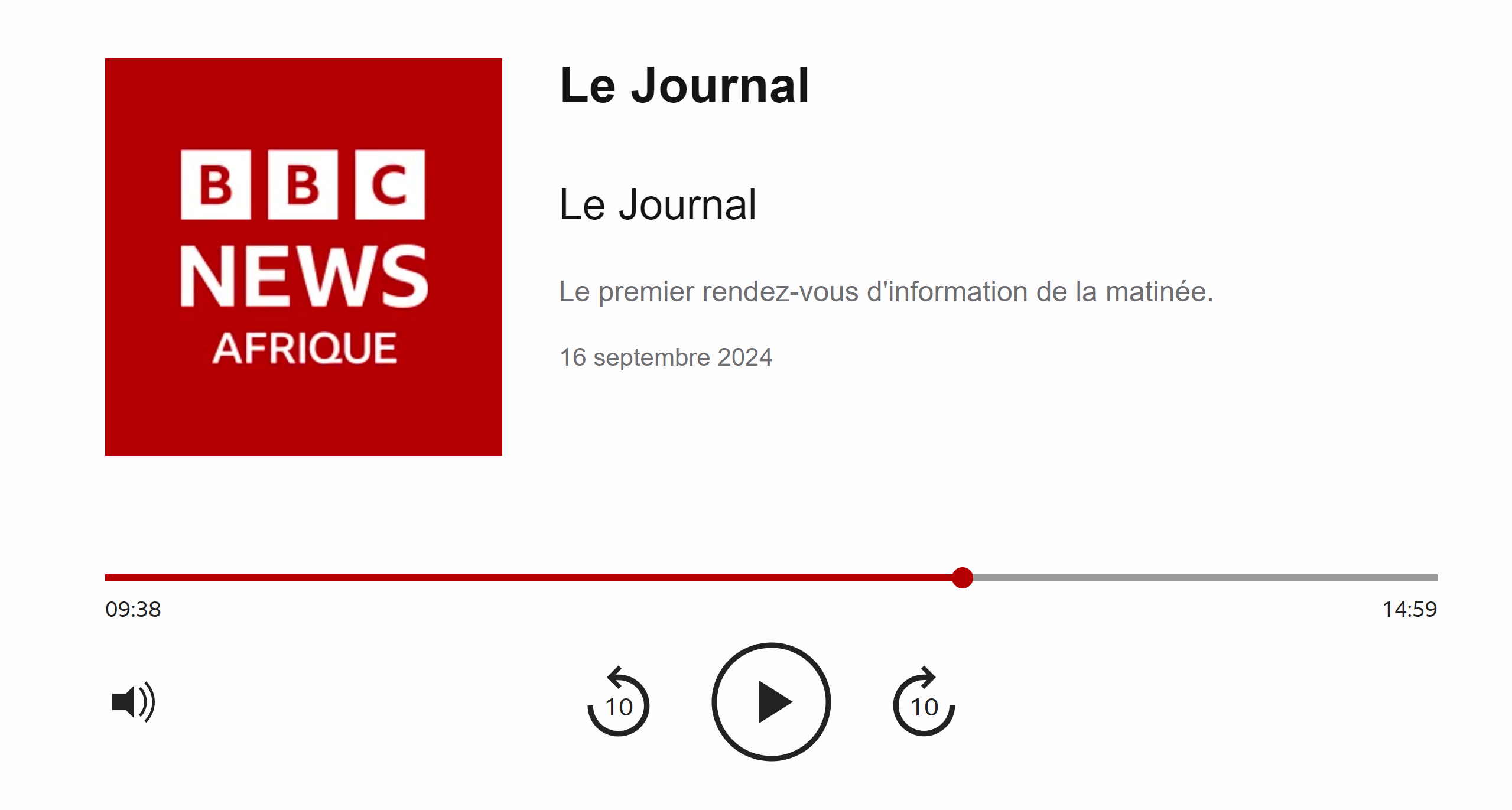GCPEA News
Protecting higher education in a threatening world
University World News, May 31, 2015
By Brendan O’Malley
University World News is very pleased to be a media partner of the International Association of University Presidents and one area of interest that we report on at an alarmingly frequent rate is the issue of attacks on and destruction of education during conflicts or times of political tension.
So my vision of higher education in 2015 would include an international framework in which monitoring of and protection against attacks on education were in place and alternative provision for higher education in conflict-affected areas was developed and supported, perhaps to the point where it became part of the humanitarian response.
What do I mean by attacks on education?
On 2 April a handful of armed militants stormed Garissa University College in north-east Kenya and killed 148 people, most of them students.
The militants, who were from the Somali armed group al-Shabaab, singled out Christians by asking students to recite the Koran. Those who could not were shot.
The attack was similar in scale to an attack in Pakistan in December 2014, when seven militants from a Pakistani Taliban group entered the Army Public School in Peshawar, headed for the school hall where they sprayed schoolchildren with bullets – killing 132 students and nine teachers.
Attacks on schools and universities are becoming so common now that only those with record numbers of victims get much of a showing in the international media.
But these incidents are merely two out of thousands of attacks on schools and universities and incidents of military use of such facilities in the past 10 years.
Education under Attack 2014, a study published by the Global Coalition to Protect Education from Attack, found that in the period 2009-12, there were 13 countries in which there were 500 or more attacks on schools, universities, staff and students; or 500 or more attacks on students, teachers or other education personnel or education buildings attacked or used for military purposes during 2009-12.
Some of the worst affected countries were Afghanistan, Colombia, Pakistan, Somalia, Sudan, Syria and Yemen.
The report documented attacks on higher education in 28 countries. In some cases higher education facilities are taken over by armed forces and armed groups for military purposes. Buildings may be damaged or destroyed in the course of fighting, sometimes intentionally.
One of most seriously affected countries in recent years is Nigeria. In Adamawa state, in March 2013, Boko Haram entered the campus of Adamawa State Polytechnic, lined up students and killed some 100 of them before disappearing into mountains near the border with Cameroon.
In May 2014 Boko Haram invaded the campus of Adamawa State University in Mubi and indiscriminately killed around 70 students and staff, including academics.
Unlike most attacks on schools, violent attacks on higher education frequently also take place in non-conflict situations – and more often involve arbitrary arrest, detention or persecution of particular students and teachers.
Some of the most serious incidents involved raids by security forces or armed groups on student dormitories or other forms of campus residence in Cote d’Ivoire, Indonesia, Iran, Nigeria, Pakistan, Sudan and Syria.
Motives for attack
Some facilities are attacked because they are strategically located buildings, or useful buildings for military purposes.
Many attacks on higher education are linked to government attempts to prevent the growth of opposition movements; restrict political protest; quell education trade union activity; or curtail the freedom of lecturers and researchers to explore or discuss sensitive subjects or alternative views to government policy. Some involve sectarian bias and targeting of ethnic groups.
Others involve attacks by extremists who see universities as nurturing an alien culture.
In dozens of countries university students, faculty and staff are personally targeted with threats, violence or murder. In Iraq alone, more than 550 professors, scientists and administrators were killed in the 10 years to 2003.
What impact do these attacks have?
In short form the answer is:
- Higher education facilities are targeted and destroyed;
- Academic freedom is restricted;
- Provision is aborted indefinitely;
- But on a human level the minds of individuals are affected too.
Demotivated, distracted, fearful, in some cases psychosocially traumatised: students and staff can be profoundly affected. Security threats and fear can mean chronic disruption of attendance or permanent drop out – of students or staff.
In higher education attacks may not only endanger lives and disrupt education, but also prove devastating for research and teaching, triggering fear, flight and self-censorship among whole academic communities.
Wider and long-term consequences for society include restricting development, hindering the emergence and strengthening of political plurality, accountable government and open democracy.
In short the reason why it matters to protect education is that education is:
- Key to rebuilding after conflict;
- Key to enabling political development; and
- Key to providing young people with an alternative to hopelessness and violence.
What will be the picture of attacks in 2065?
We can’t possibly know whether the level of attacks of higher education will have increased or decreased in 50 years time. In recent years the number of reported attacks has grown considerably, but we don’t know if this is simply because more are being reported and with the Internet there are more means of reporting them.
Could other factors be the changing nature of wars since the end of the Cold War – most of them being intra-state rather than across borders? Could a factor be the rise of militant movements with extreme Islamist or anti-liberal views, who see so-called Western or modern education as an imposition of an alien culture?
In the case of attacks on higher education, the forces of the state are often the perpetrator, and that will only change if the global footprint of democracy and plural politics is increased.
So what can be done?
One thing is for certain. If we are to see an improvement in the protection of education we need to broaden and strengthen the variety of responses offered at the moment.
One way is to hold perpetrators to account under international law to deter others. The United Nations monitors and lists parties guilty of attacks on schools. The UN Security Council can impose targeted sanctions or refer them to the International Criminal Court for investigation and potential prosecution. But there is no equivalent UN mechanism for attacks on higher education.
Another way is to try to persuade governments and armed forces – and even armed groups – to do more to protect schools and change the way they operate on the battlefield, by avoiding the use of schools and universities for military purposes.
This means not using them as bases, barracks, firing positions or detention centres, all of which can make them a target of attack by the opposing forces.
An important international event was hosted by Norwegian civil society and the Norwegian Ministry of Foreign Affairs in Oslo last week – and supported by the Global Coalition to Protect Education from Attack, which may reduce that risk.
Some 37 governments signed a Safe Schools Declaration endorsing international Guidelines for Protecting Schools and Universities from Military Use during Armed Conflict and promoting efforts to protect education from attack during conflict.
Some extremely important work is being done by the scholar rescue organisations, in providing grants and placements for endangered academics to continue to work, but outside of the country in which they are threatened.
Some of the scholar rescue organisations are recognising too that we need a focus in which scholars are given places to work close to their home country, so that it is easier for them to return home when the conditions are safe, to help rebuild their country, and easier for them to contribute to serving the students in the diaspora in the exodus across nearest borders caused by the threats or war.
A key area where there is a weakness, however, is in alternative provision for student populations where universities are not functioning or attending them is too dangerous because of security threats.
In the age of the Internet, mobile phone technology, MOOCs, free one to one discussion via skype, and international partnerships in higher education, it should not be impossible for universities to help provide solutions to this problem, to make higher education resilient in times of emergency.
What is lacking at the moment is a system of monitoring attacks, more widespread research into the nature, scale and motives for attack, and collaboration on devising and implementing means of prevention and alternative provision for higher education in particular.
It would be a fine objective for the International Association of University Presidents to establish a network of universities interested in working together to provide research, propose solutions and collaborate on implementing them.
Brendan O’Malley was the lead researcher for Education under Attack 2014, published by the Global Coalition to Protect Education from Attack, and author of two earlier global Education under Attack studies published by UNESCO. He is also Chair of the board and Managing Editor of University World News. This is an abridged version of a speech given to the 50th Anniversary Conference of the International Association of University Presidents, or IAUP, on 24 May and it has been updated in relation to the Oslo signing of the Safe Schools Declaration.




